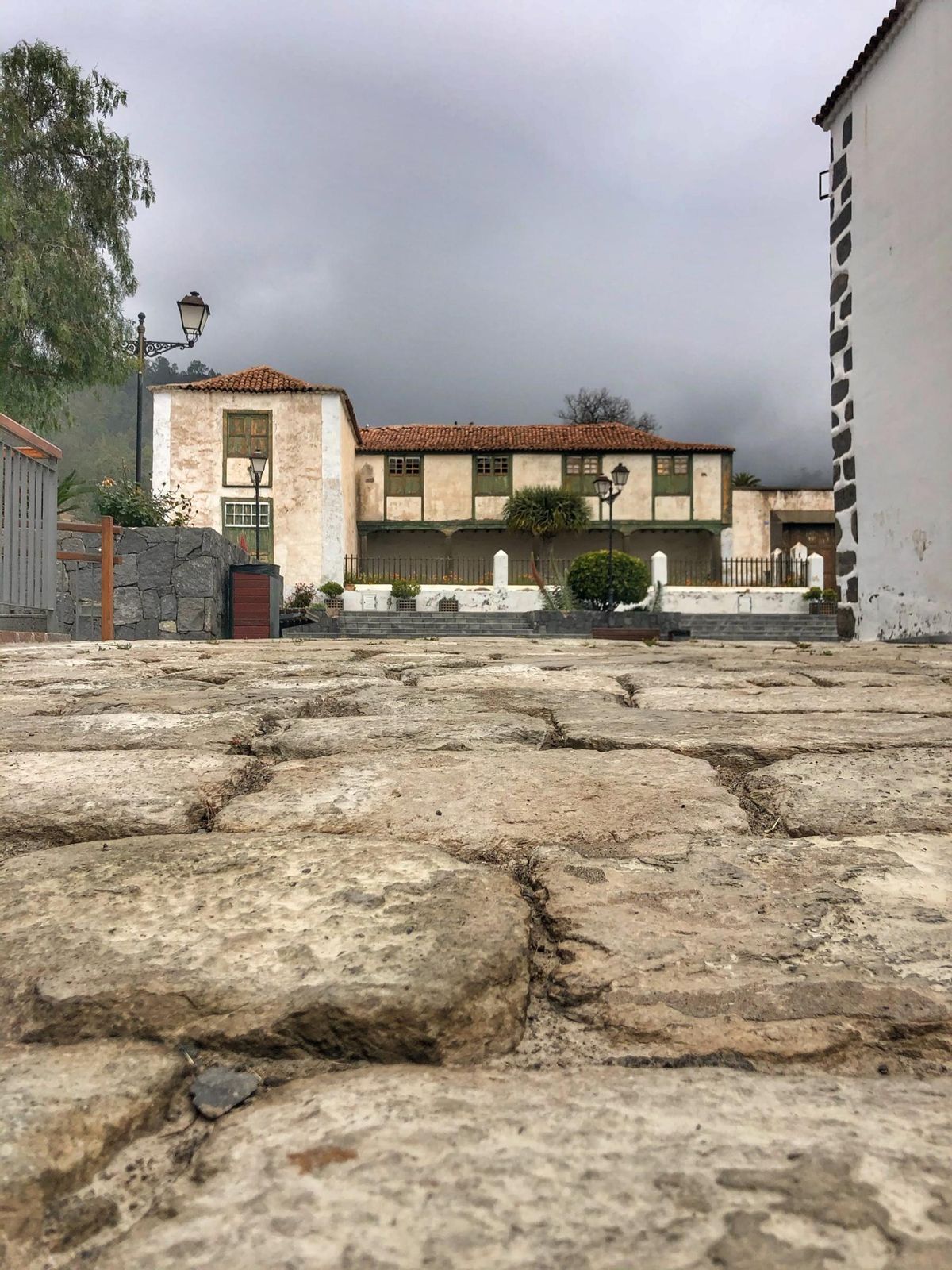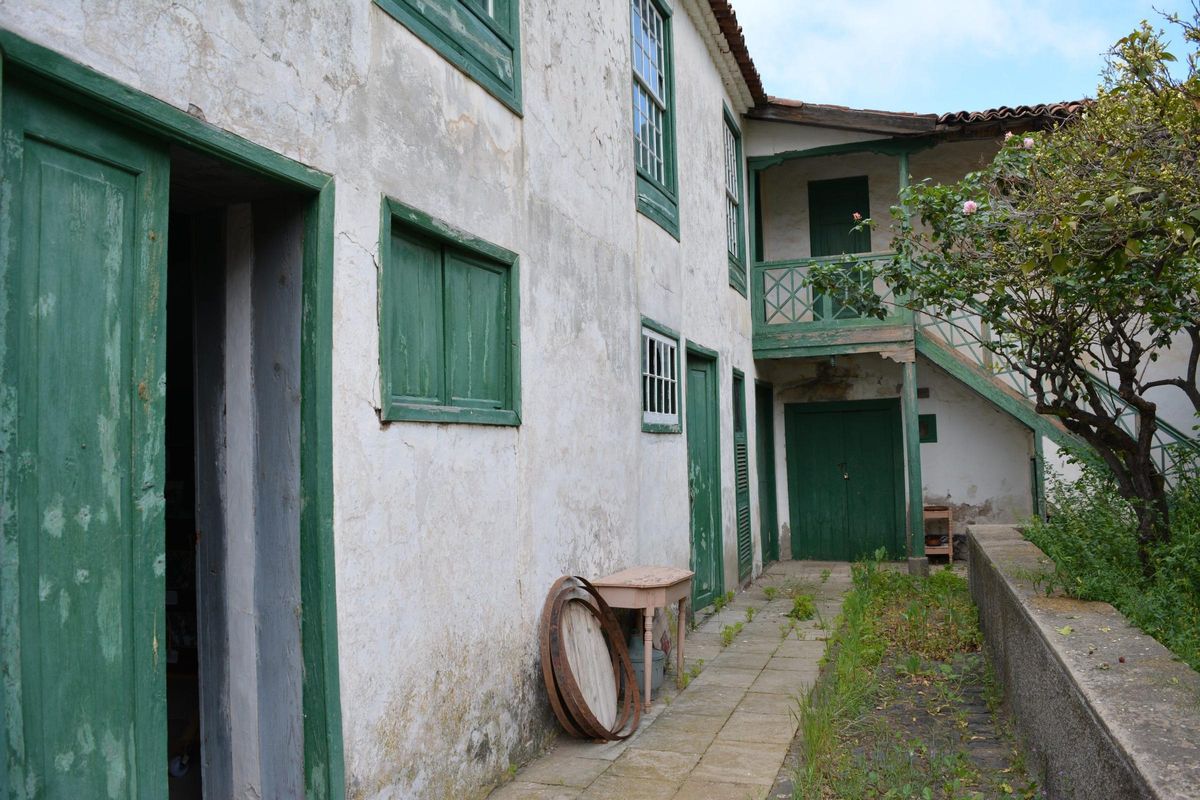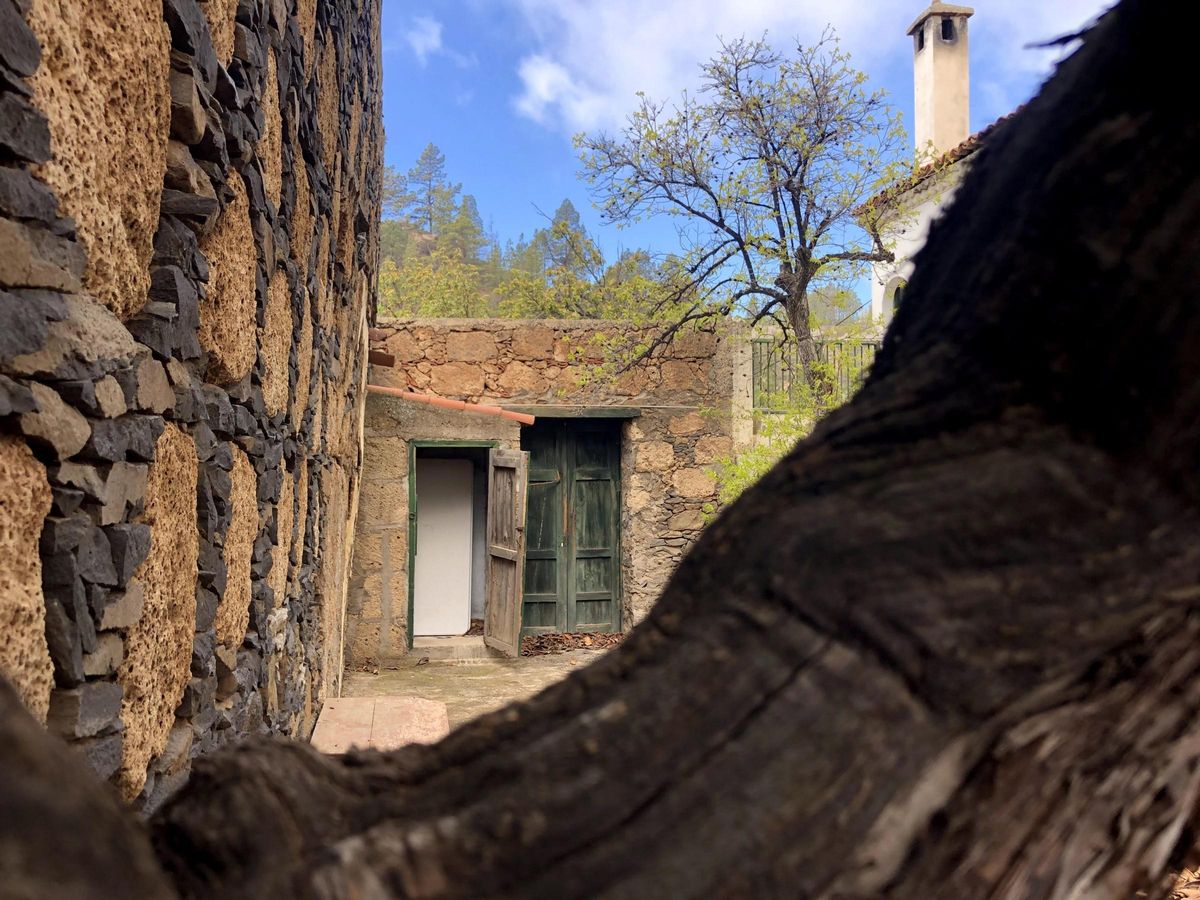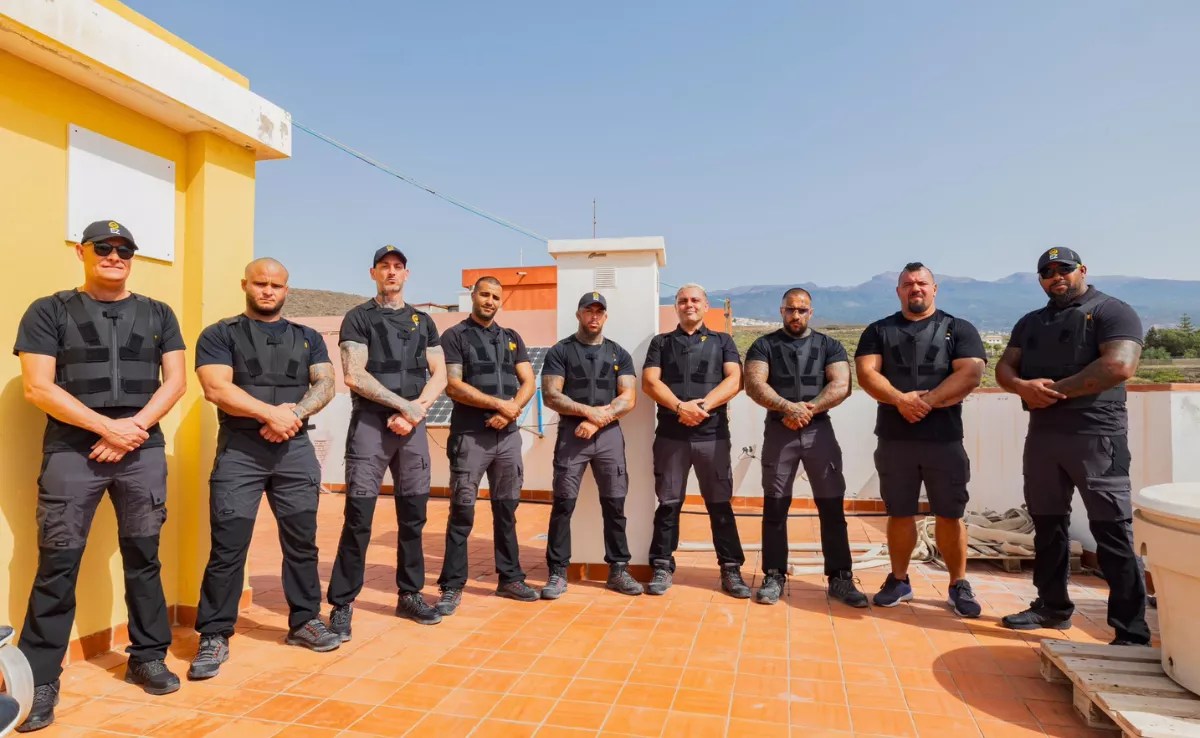Among the houses that have languished in a state of neglect in Tenerife, one stands out, not just for its significant cultural value, but especially for having been the scene of a pivotal event in the island’s history.
This is the SOLER HOUSE, situated in the municipality of Vilaflor de Chasna. It exemplifies the historical architecture of Vilaflor de Chasna and the island, blending the societal pillars which have traditionally underpinned the Canary Islands’ rural economy, the nobility, and the peasant community.
What makes this house particularly notable is its connection to one of the most infamous murders in Tenerife’s history, that of Alonso Chirino del Hoyo-Solórzano, the VII Marqués de la Fuente de Las Palmas, who resided in this house nearly 185 years ago.
Restoration
Let us take it one step at a time. Before recalling that intriguing episode, characteristic of the Canarian society of the 19th century, it is important to emphasise that we discuss this house because it now has a future.
After years of neglect that risked the loss of this property, the Cabildo de Tenerife announced on Wednesday that it has secured its future: it has sanctioned restoration works amounting to 1.6 million euros with a completion period of 18 months, awarded to the company Víctor Rodríguez and sons.

The house of Los Soler, in the municipality of Vilaflor. / Vilaflor City Council
In addition to restoring the property, the island government has confirmed that it will establish an ecomuseum about the traditions and rural history of the island, which will also house an Information Centre for theTeide National Park for those entering via the southern access.
The President of the Cabildo, Rosa Dávila, emphasised on Wednesday that this investment “will transform one of the most iconic properties in southern Tenerife into a new space dedicated to preserving and disseminating the traditions and rural history of our island.”
Delay in the project
Dávila also indicated that the intervention “not only entails the recovery of a historic building, but also its adaptation for a use that merges heritage conservation with cultural dynamism, job creation, and local development.”
“This project has waited far too long,” conceded the island president. Los Soler’s house was acquired by the Cabildo de Tenerife in 2016, and “it has taken nine years” for the restoration to become a reality.

Los Soler’s house facilities. / Vilaflor City Council
For nine years, the property, protected within the Declared Cultural Interest (BIC) environment, has remained closed and unused, despite its vast architectural and historical significance. “Today we can affirm our commitment to Vilaflor and its heritage,” noted Sunradó, the main responsible for the Insular Corporation.
The property dates back to the 16th century, although the current structure is from the 17th century. It boasts artistic historical value, framed within the unique style of traditional Canarian architecture. The house features a hall with a porch and columns, as well as a main entrance door. At the rear of the property, there is a lagar and several plots.
But what is the ominous tale that marks its history? On the afternoon of August 17, 1840, while travelling along the Granadilla road to Vilaflor, at the height of Cruz de Juan Bello, Alonso Chirino del Hoyo-Solórzano, the VII Marqués de la Fuente de Las Palmas, was killed by 12 masked men.
Fuenteovejuna in Tenerife
An aura of silence surrounded that murder, one of the most notorious in Tenerife’s history. Not a word escaped from the chasneros of that era or even from subsequent generations about the circumstances of the incident. The only remark heard was: “Did they say they killed the Marquis?”. The answer was always the same: “They say …”.
The Marqués de la Fuente de Las Palmas resided in the SOLER HOUSE, his family’s residence in the Municipality of Vilaflor de Chasna. Within its walls lay his body following a crime executed by 12 local men who had set an ambush to shoot him with arquebuses, and no one was ever prosecuted for the murder.

Los Soler’s house facilities, in Vilaflor. / Vilaflor City Council
The website GENEANET, which documents the biographies of notable figures, provides information to help understand the context of the event that led to the death of Alonso Chirino del Hoyo-Solórzano, presenting a kind of Fuenteovejuna version.
It indicates that the Chasna region belonged in pre-Hispanic times to the Abona Menceyato. When the Conquest of Tenerife (1494) occurred, the lands and water rights became the property of Captain and Regidor Pedro Soler, a Catalan from Tarragona, who established a sugar mill and founded the town of Vilaflor or Chasna.
Context
In 1601, a grandson managed to establish a mayorazgo that included much of the land which today comprises the municipalities of Arona, San Miguel, and Vilaflor. From the outset, the relationship between this family and the chasneros was fraught.
The exploitative model of informal leasing allowed owners to evict tenants, who found themselves, during drought periods, condemned to hunger and emigration, as the reference on this case notes.
The approach of the Mayorazgo’s holders led to countless legal disputes and even popular uprisings against the family. In fact, the chasneros spent nearly two centuries without paying the fee for the usufruct of land and water.
The History of the Treasury
Over time, the Mayorazgo was passed to the Chirino Soler family. In 1825, when Alonso Chirino inherited his father’s title, he sought to reclaim his rights to the land that had been cultivated by peasants since time immemorial. A judgment made by the audience in 1833 supported his claim, which was validated following the murder in 1840. The perpetrators were never identified, and their identities remained unknown.
This incident has historically been viewed as an illustration of the independent and proud spirit of the chasneros in their struggle for rights, but historian Nelson Díaz Frías, author of Vilaflor de Chasna History, argues that the culprits were representatives of the Chasnera rural oligarchy, who were clearly most affected by the restoration of the mayorazgo.
“This episode should thus be considered among the seizures that took place in the Canary Islands with the decline of the economic, social, and political model of the old regime,” provides the Genenet reference.
“What they say …”
Even today, if someone engages with an elderly villager from Vilaflor and brings up the topic of the murder of the Marqués de la Fuente de Las Palmas, they should not be surprised if they hear: “They say they killed the marquis“. Likewise, one should not be astonished if they hear: “They say …”.















